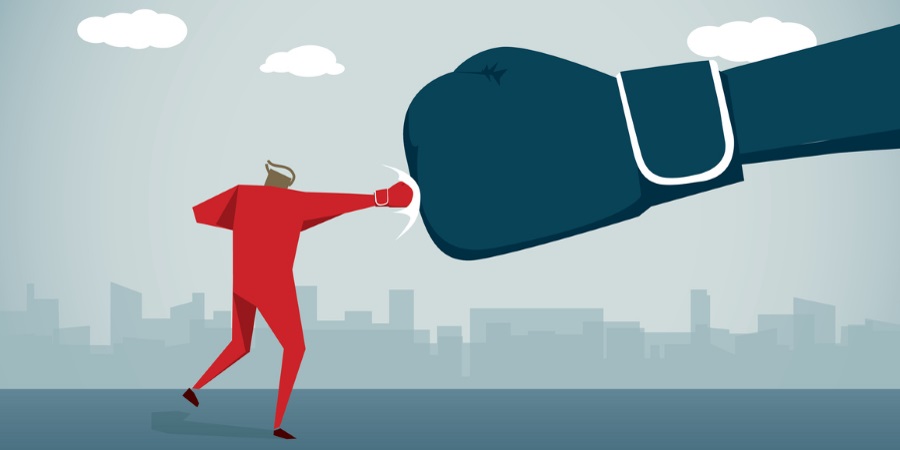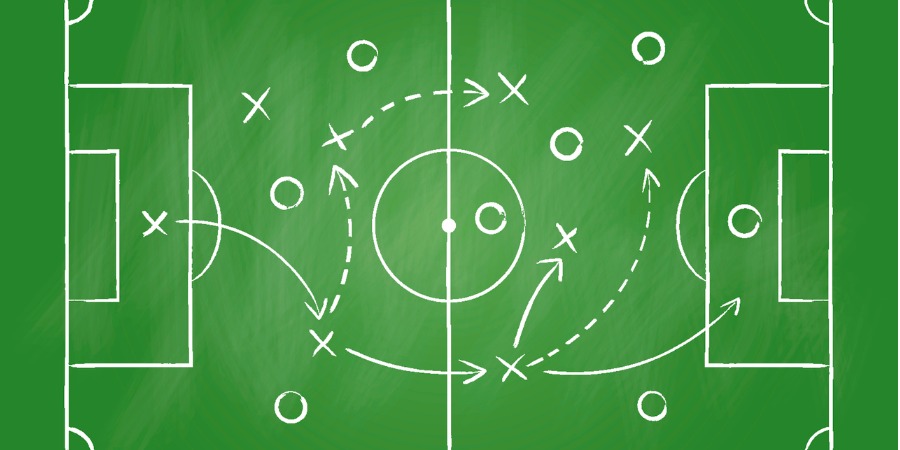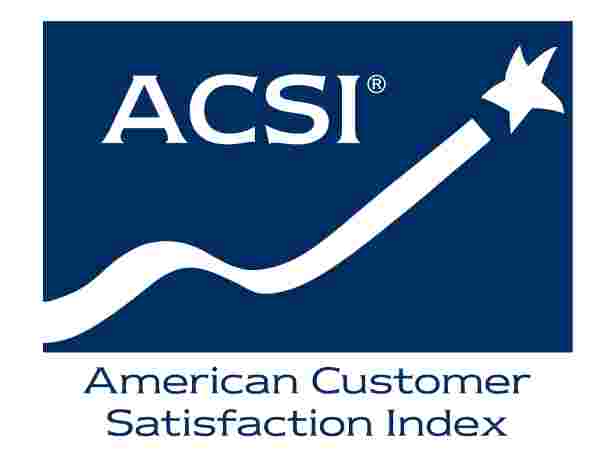
Adapted from Dr. Claes Fornell's book | July 11, 2018
The Satisfied Customer: Winners and Losers in the Battle for Buyer Preference
Customer Asset Management should inform us where we are, where we should go, how to get there, and what happens when we do get there.
How do you successfully compete in a hyper-competitive and constantly evolving environment? How do we identify the customers we are likely to keep, those we are at risk of losing, and those almost certain to defect? How can we determine which customers are too expensive to keep? What is a customer worth, anyway? And how can we most efficiently market to new customers, discovering those customers we have a better shot at winning, and especially those customers who are more likely to remain loyal—and be more profitable—over time?
The answers to these questions lie in Customer Asset Management (CAM). The idea behind CAM is that we manage the company as a portfolio of customers. Customer satisfaction is managed such that its positive effects (repeat business, high reservation prices, cross selling, etc.) are captured, and the harmful effects of a discontented buyer are minimized. CAM is about measuring, developing, and nurturing customer relationships. Of course, it's the relationships—the bond, glue, tie, or whatever we may want to call them—that are economic assets, not the customers themselves. And it is the sum of the value of these assets that comprise the value of the firm.
It's the relationships—the bond, glue, tie, or whatever we may want to call them—that are economic assets, not the customers themselves. And it is the sum of the value of these assets that comprise the value of the firm.
- satisfied customers are an economic asset that yields future cash flows;
- this cash flow can be expressed as net present value;
- costs incurred to build the customer asset base are investments—not expenses; and
- good management of customer assets is critical for long-term profitability.
- a monetary estimate of the value of the customer asset;
- a diagnosis of what to do to increase its value; a linkage back to operations, processes, and personnel; and
- a linkage forward to future cash flows and asset appreciation.
CFI Group offers expertise in designing customer satisfaction experience measurement solutions that help you manage customer relationships. Contact us for more information on how we can help you compete in an evolving environment.
Other Resources
- Date
- September 7, 2023
by David Ham | September 7, 2023 With the amount of money involved in professional sports contracts, the current trend toward deeper analysis makes good business sense. However, […]- Date
- June 2, 2023
by David Ham June 1, 2023 I will start by stating the obvious, inflation is forcing consumers to make tradeoffs and difficult decisions. This puts businesses […]- Date
- August 1, 2022
by David Ham August 1, 2022 Five years ago, I wrote a blog that asked, Is This a ‘Hook-Up’ or a Long-Term Relationship? The post was […]- Date
- May 24, 2022
by Omar Khan May 24, 2022 A few years before getting my first job as a consultant, I spent a summer abroad in the United Arab […]





